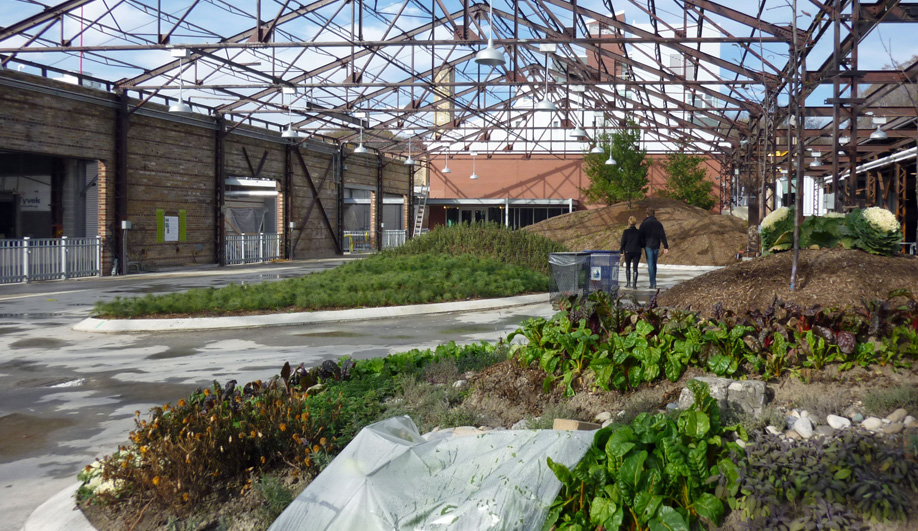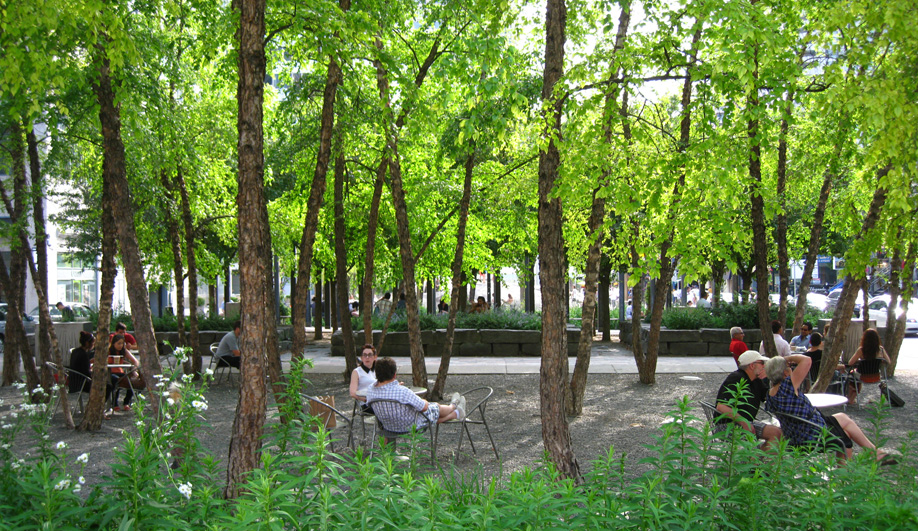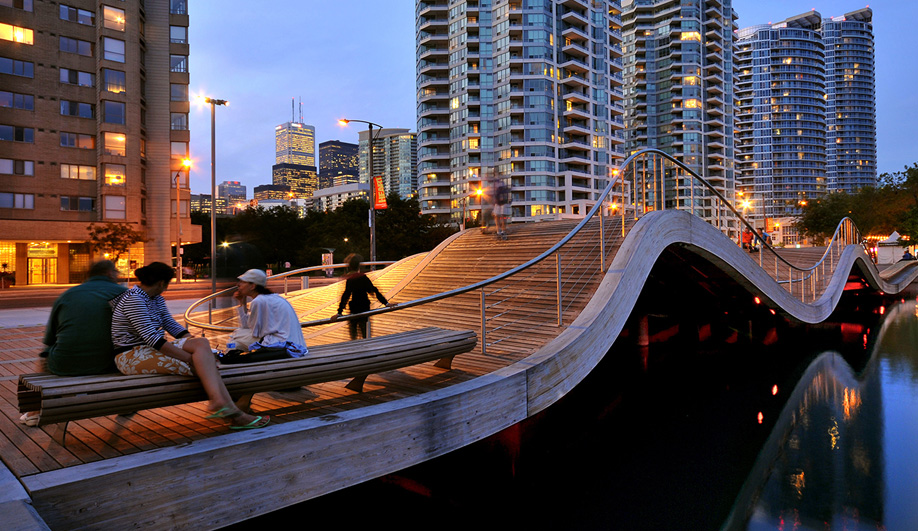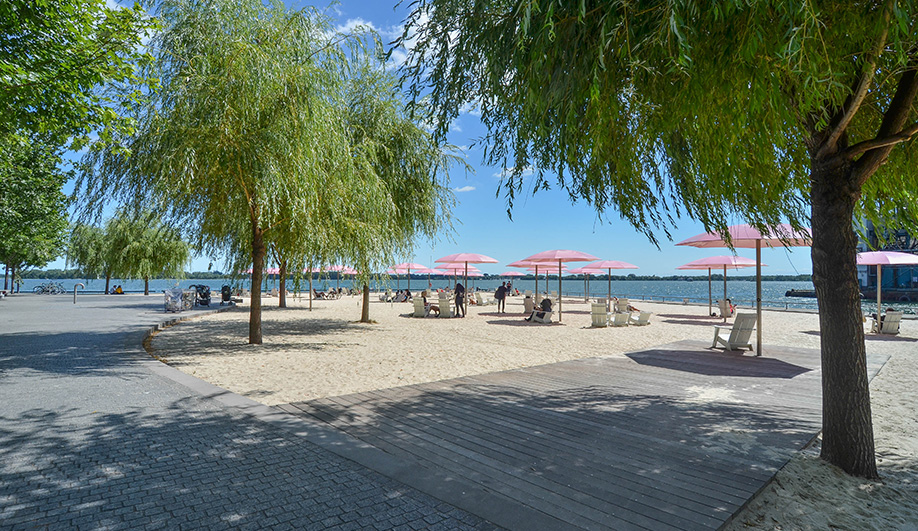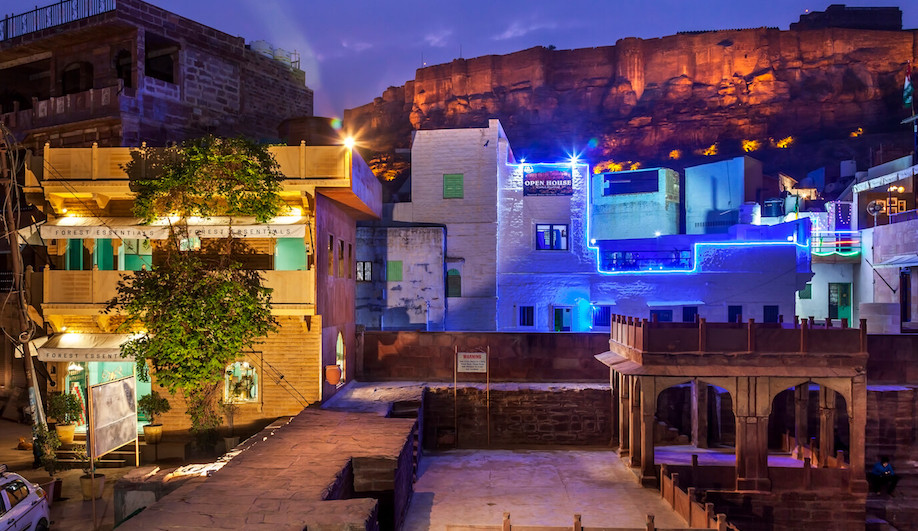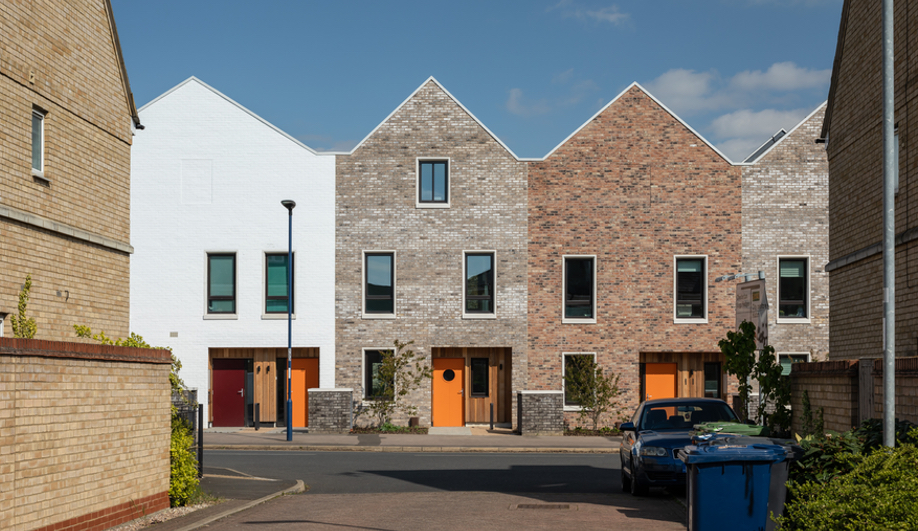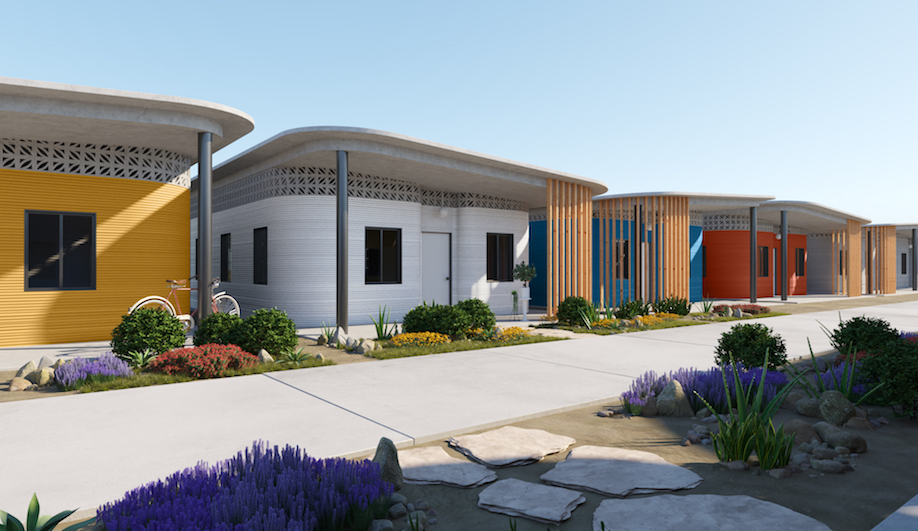That is the question posed by Second Wave of Modernism III: Leading with Landscape, one of the foremost conferences in contemporary landscape design and urban planning, kicking off with a party tonight in Toronto.
While the opening reception for Second Wave of Modernism III: Leading With Landscape is taking place tonight, the main event starts tomorrow, Friday, May 22, when invited experts will gather to address a number of pressing issues concerning the greening of cities. The main theme will explore how cities can keep their heritage sites and buildings while at the same time looking forward.
The all-day conference (being held at the Isabel Bader Theatre at the University of Toronto, 7 am to 5:15 pm) examines Toronto’s efforts to insert greenery as part of its fast-paced growth spurt where condominiums are taking over almost every available corner of the downtown core.
Charles A. Birnbaum, founder and president of the Cultural Landscape Foundation, will talk about making and managing the city’s landscape for a modern world, and Jennifer Keesmaat, Toronto’s Chief Planner, will discuss plans and actions being taken by city officials to improve and enhance the urban public realm.
Along with Toronto’s condo boom, there is also a growing number of parklands, both large and small, slated for completion soon. Montreal landscape architect Claude Cormier has been hugely active on the Toronto scene – one of his best known projects is Sugar Beach, where pink parasols define a wedge of sandy beach along a former industrial dockside – and as one of the conference speakers, he’ll reveal other projects now underway. Also, KPMB principal Bruce Kuwabara will moderate a panel on exporting innovation; it includes Adriaan Geuze of West 8, the Rotterdam urban design and landscape studio responsible for much of the lakeshore’s redesign, and will examine the successes (and some of the failures) that go along with experimentation.
The conference wraps with the Toronto the Good Reception (already sold out), hosted by ERA Architects at the historic Distillery District, itself a stellar example of urban renewal. The red-brick whiskey distillery near the lake has been reborn as a shopping, gallery and restaurant destination.
On both Saturday and Sunday, in conjunction with Doors Open Toronto, the conference will lead all-day tours conducted by experts in the field through various parks, commemorative landscapes, campuses and streetscapes. The tours are free but registration is required.
Second Wave of Modernism III: Leading with Landscape runs from Friday May 21 to Sunday, May 24. Click here for more information on registering.

